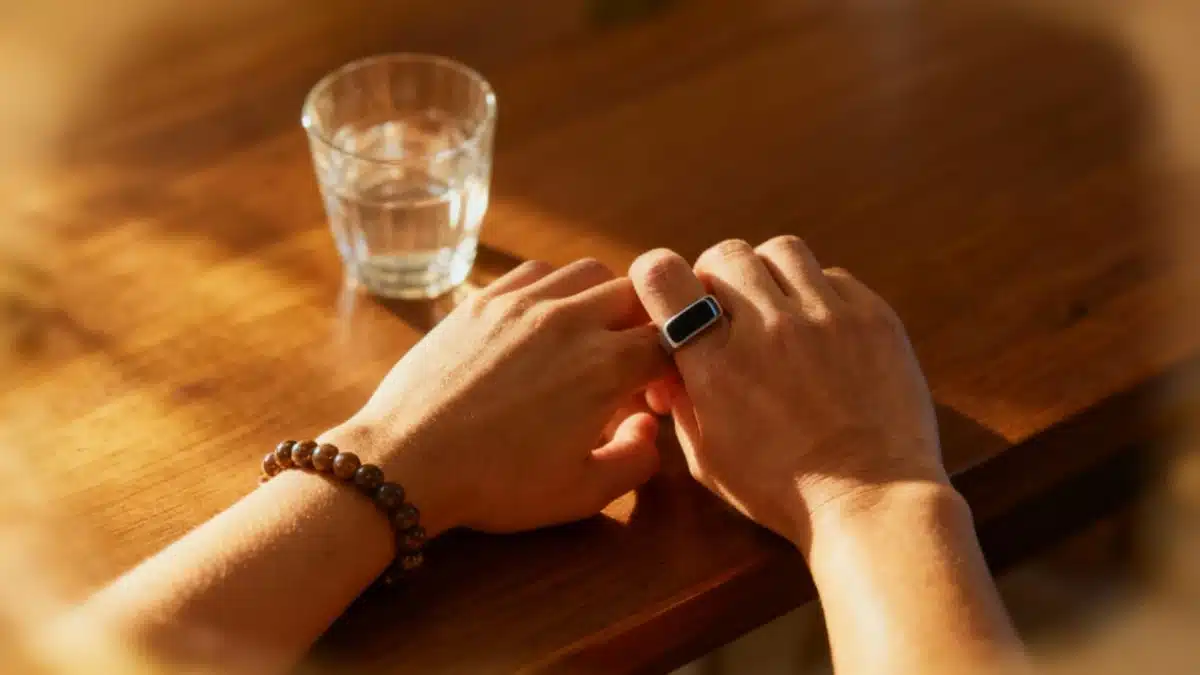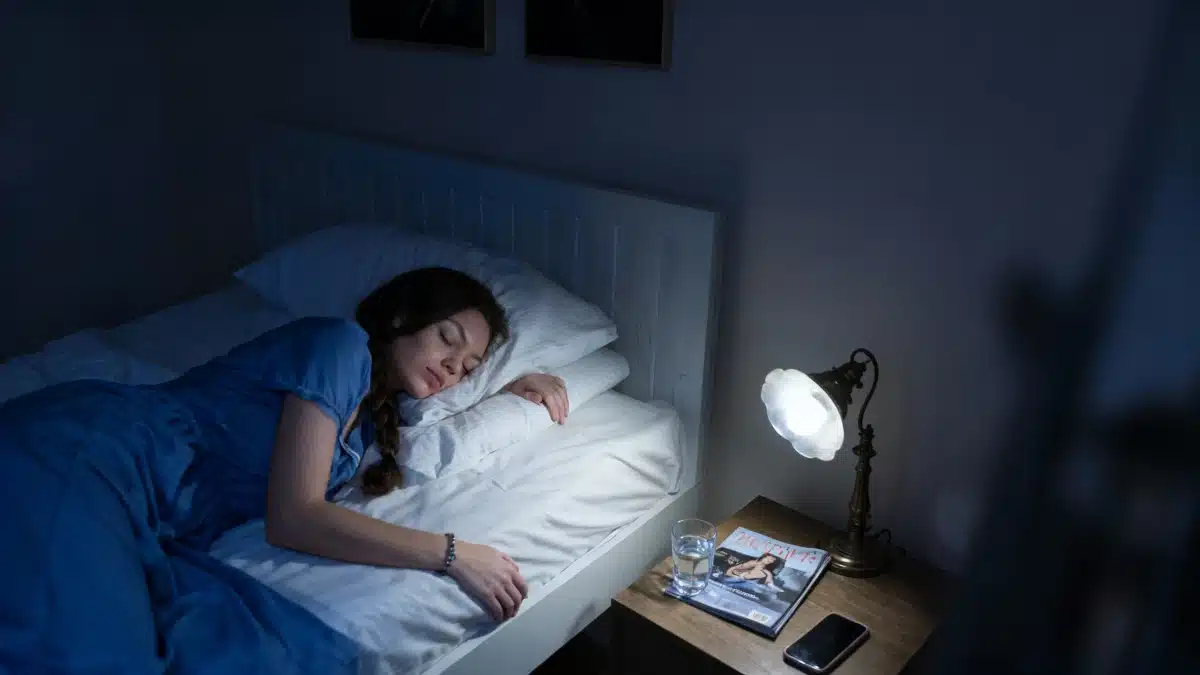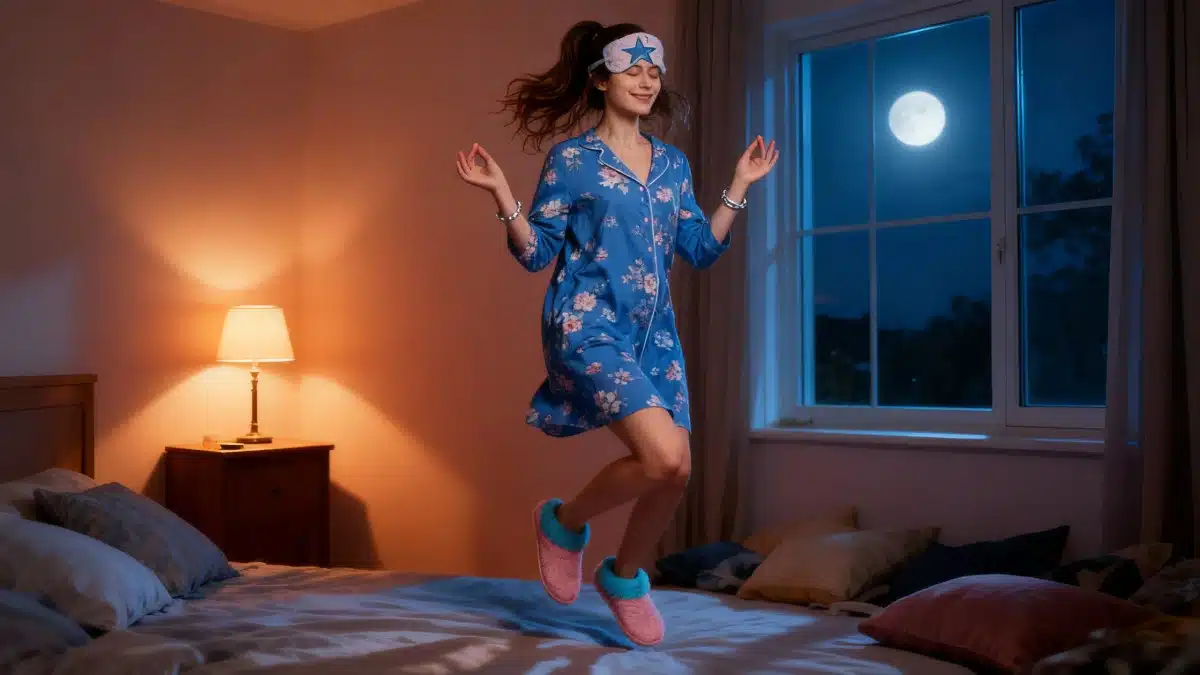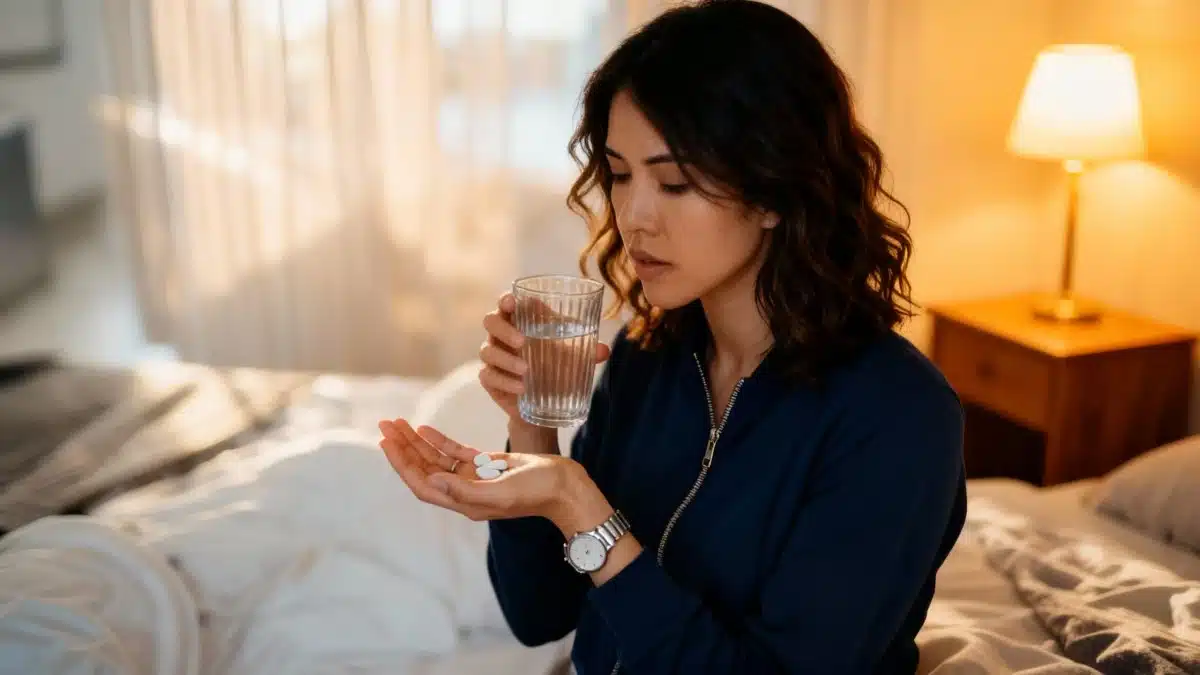The Smart Ring Revolution: More Than Just Jewelry
Imagine a ring that doesn’t just look sleek on your finger but also invites you to actively engage with your health. That’s the Oura Ring. At roughly $430 (399 euros), this high-tech piece, first launched in 2015, contains a set of sensors nestled in a 0.14–0.21 ounce (4–6 gram) band, depending on the size. It monitors everything from your heart rate and body temperature to blood oxygen levels, stress, and, for some, the menstrual cycle.
But the Oura Ring isn’t just a daytime companion. Linked to a companion app (which, for the record, is a $75 per year subscription), it also collects data through the night, analyzing:
- Movements
- Total sleep time
- Different sleep phases
- Wake-ups
- Bedtime and wake time
Oura claims it has sold more than 2.5 million rings worldwide. Celebrity fans include wellness guru Gwyneth Paltrow, Prince Harry, Cristiano Ronaldo, and, most recently, actress Eva Longoria, who told Marie Claire she’s so hooked she religiously tracks her daily dose of deep sleep. But how much can we really trust these smart stats? Can this kind of data truly optimize our nights? Let’s break it down.
Demystifying Sleep Scores
Let’s face it: the science of sleep is packed with terms that would leave any casual sleeper scratching their head (slow-wave sleep, REM, chronotypes, anyone?). Oura tries to cut through the jargon by delivering a daily sleep score—from 0 to 100—right to your phone. That score reflects:
- The time spent in each sleep phase
- How long it took you to fall asleep (ideally under 20 minutes)
- Your total sleep duration (ideally 7–9 hours for most adults)
And if you love graphs, rejoice: the app visualizes patterns over weeks, letting you monitor trends that might otherwise escape notice.
From Medical Labs to Your Finger: Just How Accurate Are These Gadgets?
How does this tech compare to the gold standards used by sleep clinics? Well, not quite. Traditional sleep studies track phases using EEGs—think lots of wires and electrodes stuck to your scalp—while devices like the Oura, Samsung’s Galaxy Ring, or the Circular Ring Slim instead use photoplethysmography (PPG). That’s a fancy way to say they shine a light through your skin to pick up variations in heart rate, which can hint at sleep cycles, but only indirectly.
According to Dr. Maxime Elbaz, a neuroscientist and former technical director at the Sleep and Vigilance Center at Hôtel-Dieu Hospital in Paris (AP-HP), several studies have compared these approaches. The most recent, published in Sensors in 2024 by researchers at Harvard Medical School (Boston), studied 34 healthy people and found that Oura is, « overall, up to the task »—outperforming other wearables like the Apple Watch Series 8 or Fitbit Sense 2 for most metrics, except the time it takes to fall asleep (where estimates can be off).
However, Elbaz also notes some reservations about objectivity, since one of the study’s authors also consults for Oura…
Prevention Tool, Not a Diagnosis
Until health authorities can fully validate the data, the Oura Ring (and its competitors) should not replace a medical sleep study. Still, Elbaz sees the value in prevention: “Waiting times to see a specialist in a sleep lab can stretch to six months. But do people always realize they need help? Insomniacs typically overestimate their sleep quality. This kind of ring can make users aware there’s actually a problem, whether it’s sleep debt, trouble falling asleep, or repeated waking during the night, and show if a consultation is necessary.”
The Oura Ring can also spot drops in blood oxygen—possibly flagging sleep apnea risks—but Elbaz points out it’s less reliable here than others like the Circular Ring Slim or Apple Watch, since Oura only measures oxygen intermittently through the night, rather than continuously.
And what about healthy users? Is tracking sleep stats worthwhile? Elbaz says yes, if it encourages good habits like regular bed and wake times. He emphasizes,
“Getting less than six hours exposes you to increased risks of cardiovascular diseases and cancer.”
But beware the dark side of self-tracking. Spending too much time scrutinizing graphs can become an obsession, a phenomenon dubbed “orthosomnia.” You chase the perfect night’s sleep at all costs—only to risk causing insomnia by worrying too much. Elbaz recommends perspective: for those who are interested and can afford it, use the ring for a month or two, occasionally during the year, but not daily if you’re already sleeping well. An old-school sleep diary—writing down bed and wake times—works too. It’s cheaper, though admittedly less user-friendly.
Personally, I have a smartwatch that does all this. The only (small) problem? It needs charging, usually right when you want to sleep. Honestly, a nice herbal tea is probably more effective (maybe a smart tea someday?)…

John is a curious mind who loves to write about diverse topics. Passionate about sharing his thoughts and perspectives, he enjoys sparking conversations and encouraging discovery. For him, every subject is an invitation to discuss and learn.





